
INTRODUCTION
- Diwali is one of the major festivals of Hindu society in India and other countries.
- Diwali is considered as the festival of lights.
- People celebrate this festival with gusto by lighting up their houses with earthen garlands and electric decorations.
- According to the Hindu calendar, Diwali is celebrated on the new moon night of Kartika month.
- According to the Gregorian calendar, it usually falls between mid-October and mid-November.
- This important celebration of the country is also backed by many legends.
IMPORTANCE OF DIWALI
- The word ‘Diwali’ is derived from a Sanskrit word meaning ‘row of lamps’.
- Hence, people prove lamps to illuminate their home.
STORIES OF DIWALI
1) KILLING OF NARAKASURA
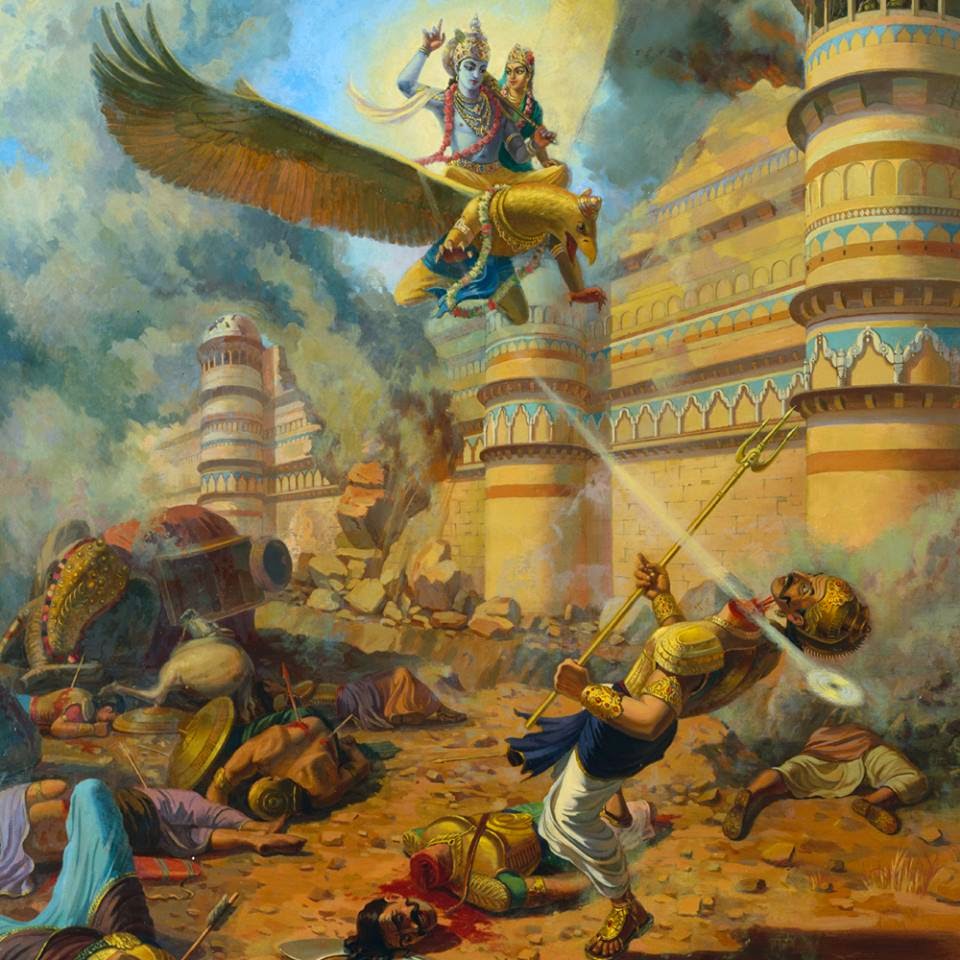
- People of Eastern India associate Diwali with Goddess Durga and her incarnation Kali.
- Diwali is celebrated in Bengal with the Kali Puja ceremony.
- Meanwhile, the people of the Braj region of North India believe that Diwali is the day when Lord Krishna killed Narakasura.
2)RETURN OF SRI RAMA
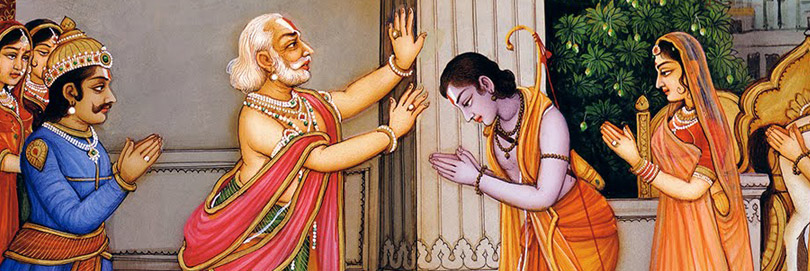
- According to the Hindu epic Ramayana, Diwali marks the return of Lord Rama, Sita Devi, Lakshmana and Hanuman to Ayodhya after 14 years of exile.
- His return was on the black quarter of Libra.
- The people of Ayodhya lighted the entire streets to welcome him.
- It is believed that Diwali is celebrated as a day of renewing that memory.
3) BIRTHDAY OF GODDESS LAKSHMI
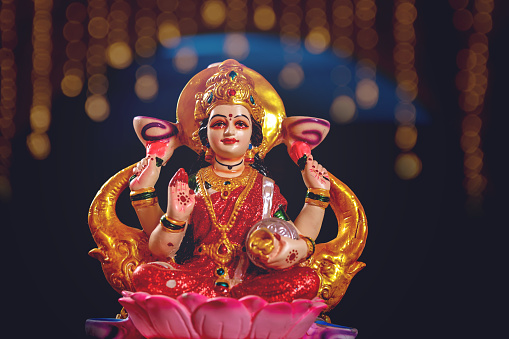
- Goddess Lakshmi, the goddess of wealth is said to have come from the depths of the ocean on Diwali.
- It was on the new moon day of Kartika month.
- Devi married Lord Vishnu on the same night.
- Lamps were lit and celebrated to witness this event.
- Hence the tradition of lighting lamps and candles during the Diwali festival is said to have originated in connection with these events.
4) RETURN OF PANDAVAS
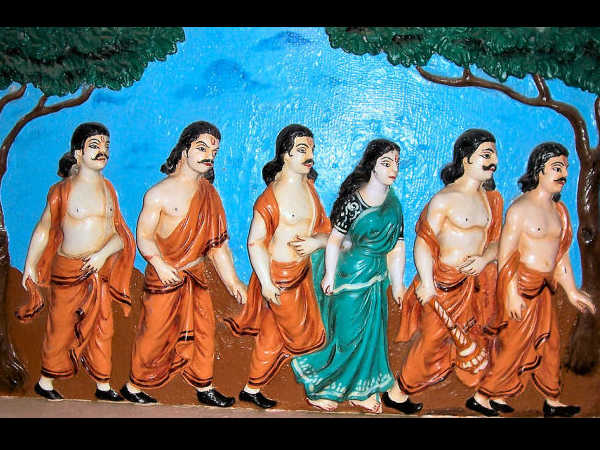
- According to the ‘Mahabharata’, Diwali marks the return of the Panchapandavas to their native land of Hastinapuri after twelve years of exile.
- It is said that the locals threw bright earthen lamps everywhere to celebrate this.
5)IMPORTANCE IN JAINISM
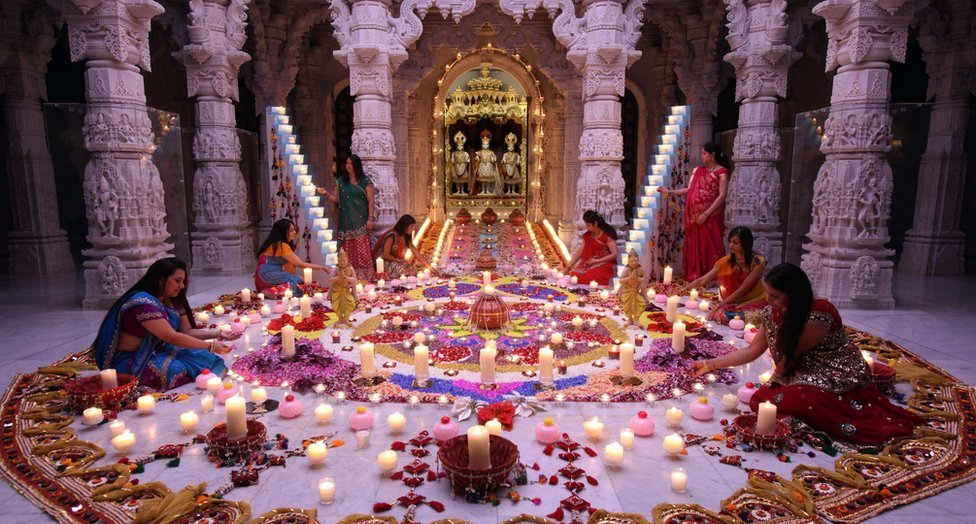
- Vardhamana Mahavira is the twenty-fourth and last Tirthankara of Jainism and the founder of modern Jainism.
- Jains believe Diwali is the day when Vardhamana Mahavira attained enlightenment.
- He is believed to have attained enlightenment in 527 BC.
- This is the reason why Jains celebrate Diwali.
6) HARVEST FESTIVAL
- Diwali is also celebrated as a harvest festival in many places.
- It is considered as the days when rich paddy cultivation in India bears its fruits.
- Diwali is the season of paddy harvest.
- Kubera, who is worshiped as the lord of wealth is also worshiped on Diwali.
CELEBRATIONS
There are celebrations that last for five days.
DAY-1) DHANA THRAYODASHI
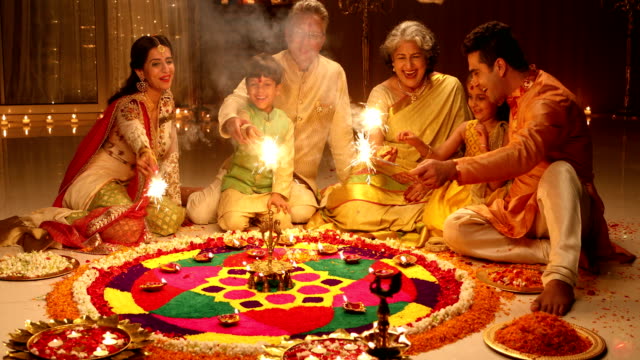
- Diwali celebrations begin on the day of Dhanteras or Dhanathrayodashi.
- On this day in the evening, Goddess Dhanalakshmi is invited to the house with a five-light lamp, worshiped and Mahalakshmi stotras such as Kanakadharastavam are recited.
DAY-2) NARAKA CHATURDASHI
- Naraka Chaturdashi is the second day of Diwali celebration.
- Lord Krishna who killed Narakasura is worshiped on that day.
DAY-3) LAKSHMI POOJA
- Lakshmi Pooja is the third day (new moon) of Diwali celebrations.
- On that day Ganapati, Lakshmi or the three forms of Adiparashakti namely Mahalakshmi, Mahasaraswati, Mahakali and Kuberan are worshipped.
- This is the most important Diwali celebrations in North India.
DAY-4) BALI PRATIPADA
- It is believed that this is the day when Mahabali comes to see the land once in an year.
- It is also traditional to worship Mahabali and his wife Vindhyavali and light lamps in a row.
- Although customs vary from state to state, bathing, wearing new clothes and giving each other gifts are common.
DAY- 5)BHATRU SECONDARY
- Bhatr Dwitiya is the fifth day of Diwali celebrations. With this the Diwali celebrations come to an end.
- Rituals performed by brothers and sisters together are important in the celebrations of this day.
